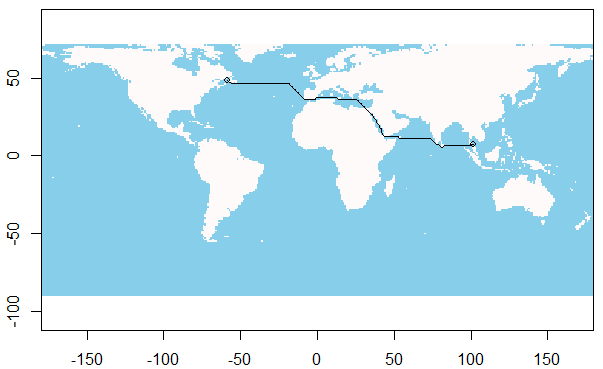This paper investigates the impact of market proximity on subnational development worldwide, considering the heterogeneous effects on core and peripheral regions, as well as on countries with different income levels. A gravity-based market potential index is revised to accurately assess distances for land and maritime trips to better capture geographic limitations. Estimations are performed in cross-section with country-fixed effects, by addressing endogeneity issues with instrumental variables. Robustness checks are also conducted with panel data on a smaller sample. The findings reveal that regions with better access to markets and port experience higher regional income per capita, with the effect being higher for wealthier regions. Peripheral regions consistently exhibit a 2 percentage point lower elasticity to market potential compared to core regions. The paper also highlights the potential negative impact of proximity to foreign markets on peripheral regions, especially if they are central to foreign core markets without free trade agreement in place between the respective countries. Results suggest that policies which aim at improving the connectivity of peripheral regions to core domestic markets and develop trade agreements could help mitigate the adverse effects of trade barriers and reduce regional disparities within countries.
Maritime shortest path between ports from Thailand to Canada
